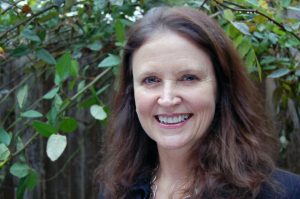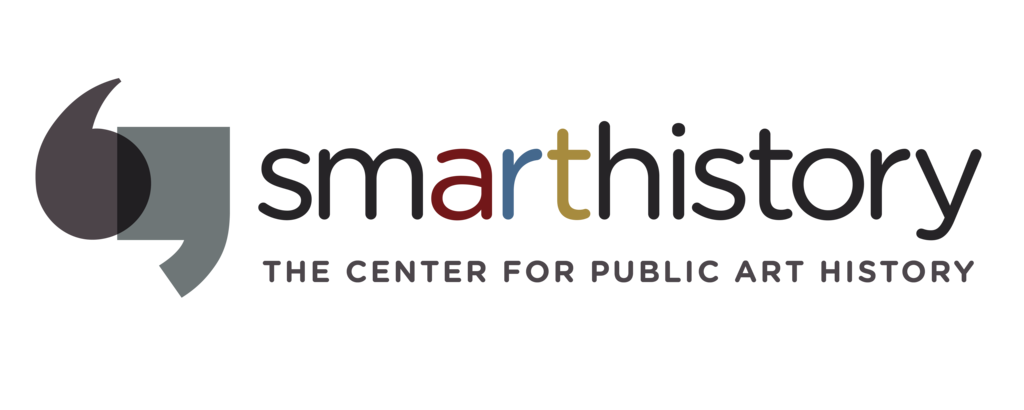Leadership

Dr. Beth Harris is co-founder and executive director of Smarthistory. Previously, she was dean of art and history at Khan Academy and director of digital learning at The Museum of Modern Art. Before joining MoMA, Beth was Associate Professor of art history and director of distance learning at the Fashion Institute of Technology where she taught both online and in the classroom. She has co-authored, with Dr. Steven Zucker, numerous articles on the future of education and the future of museums, and is the editor of Famine and Fashion: Needlewomen in the Nineteenth Century (2005). She received her Master’s degree from the Courtauld Institute of Art in London, and her doctorate in Art History from the Graduate Center of the City University of New York.
Dr. Steven Zucker is co-founder and executive director of Smarthistory. Previously, Steven was dean of art and history at Khan Academy. He was chair of history of art and design at Pratt Institute where he strengthened enrollment and lead renewal of curriculum across the Institute. Previously, he was dean of the School of Graduate Studies at the Fashion Institute of Technology, SUNY and chair of art history. He has taught at The School of Visual Arts, Hunter College, and at The Museum of Modern Art. Dr. Zucker is a recipient of the SUNY Chancellor’s Award for Excellence in Teaching. He has co-authored, with Dr. Beth Harris, numerous articles on the future of education and the future of museums. Dr. Zucker received his Ph.D. from the Graduate Center of the City University of New York.
Andrew W. Mellon Postdoctoral Fellow
Dr. Monica Bulger earned her Ph.D. in Art History and Archaeology from Columbia University, where she specialized in the material culture of the Eastern Mediterranean. Her research focuses on artistic innovations and experiences of viewing in Protoarchaic and Archaic Greece. She previously worked as the Stavros Niarchos Fellow at the Museum of Fine Arts, Boston, and has excavated in Cyprus and Greece. In addition to serving as the Andrew W. Mellon Postdoctoral Fellow at Smarthistory, she currently teaches undergraduate art history courses at Boston College.
UX Strategist and Project Lead
Kayla McCarthy has her hands in just about every aspect of Smarthistory, focusing on user experience and operational strategy. At Indiana University, where she graduated with a B.A. in American Studies, she also had her hands in many areas, from pioneering a pop-up exhibit for the University’s bicentennial, to writing about the nostalgia of Stranger Things. It was also at Indiana University where her curiosity about digital tools and their potential to democratize knowledge was sparked, which built on a longer love of how to connect real people with big ideas in that humbling, expansive process of learning and exchange. In addition to Smarthistory, Kayla has worked with the Chicago History Museum’s Chicago 00 Project, where she had a dynamic role in realizing a virtual reality experience of the 1893 World’s Fair.
Content and Project Manager
Julia Campbell manages initiatives across Smarthistory related to the growth and sustainability of video and essay content. She produces videos for Smarthistory, and her contributions to projects such as Reframing Art History and Seeing America support the expansion of resources regarding underrepresented topics in art history. Julia graduated from Pepperdine University with a B.A. in art history and a minor in digital humanities. Her undergraduate thesis “Procession, Feast, and Ceremony: Asco’s Celebration of Subversion” explores the work of Asco, a Chicano artist group active in the 1970s and 1980s. Previously, Julia interned with the Department of Photographs at the J. Paul Getty Museum and was a member of the inaugural cohort of the AllPaper Seminar at the Benton Museum of Art.
Video Producer
Sharon Mizbani is a video producer at Smarthistory, and is a Ph.D. candidate in the History of Art department at Yale University. Her research specializes in the architectural history of the Ottoman Empire, with a particular focus on the development of urban water infrastructure and related monuments in Istanbul during the 19th and 20th centuries. More generally, she is interested in comparative Islamic architecture, and theories of heritage and preservation.
Content Refresh Editors
Suzie Oppenheimer and JooHee Kim refresh Smarthistory’s oldest essays by adding new high-res images, customized maps, links, hover popups, additional resources, and more.
Suzie Oppenheimer specializes in 19th and 20th century art and visual culture of the hemispheric Americas. Her dissertation focuses on waterscapes, particularly the role of oceanic imagery in shaping conceptions of race, modernity, and extraction across visual art, “new” technologies, and spectacle. She is adjunct lecturer of art history at various colleges within the City University of New York (CUNY). Previously, she was Curatorial Associate of Modern and Contemporary Art at the Art Institute of Chicago and Curatorial Project Assistant at the Whitney Museum of American Art. She earned her M.A. from the Courtauld Institute of Art and is a current Ph.D. student at the Graduate Center, CUNY.
JooHee Kim specializes in modern and contemporary American art with a focus on the experiences of the Asian diaspora, and immigrants in relation to performance and technology. She holds a master’s degree from the University of Chicago, where her interest in museum history and theories flourished, leading her to pursue a second master’s degree in museum studies at New York University. During her time at NYU, JooHee worked with artist Joan Jonas and scholars to compile comprehensive information about Jonas’s work in an online database (Joan Jonas Knowledge Base), benefiting future curators, conservators, and researchers. She also interned at the Media and Performance Art Department of the Museum of Modern Art in New York. JooHee is currently pursuing a Ph.D. at the University of Maryland, College Park.
Academic and technical support
Smarthistory relies on the extraordinary generosity and dedication of our contributing editors and our many academic contributors. Without their commitment, Smarthistory would not be possible. We would also like to thank Dr. Joseph Ugoretz for his technology expertise and Susan Koski Zucker for her design expertise.


